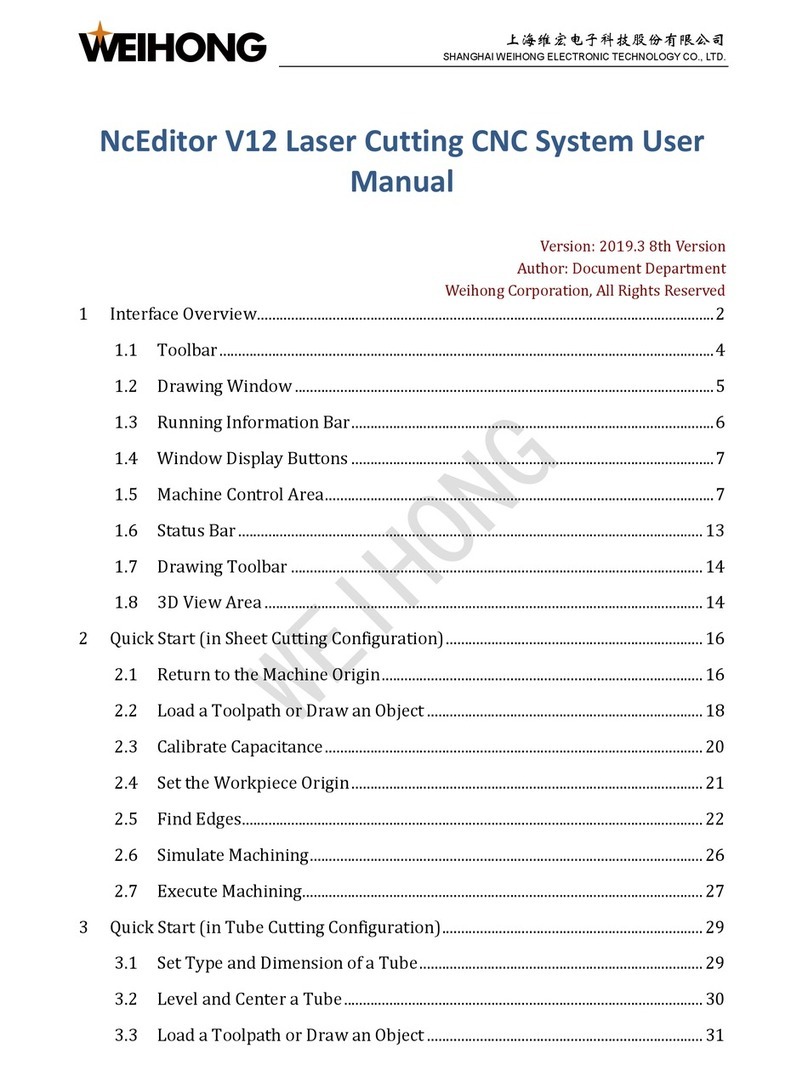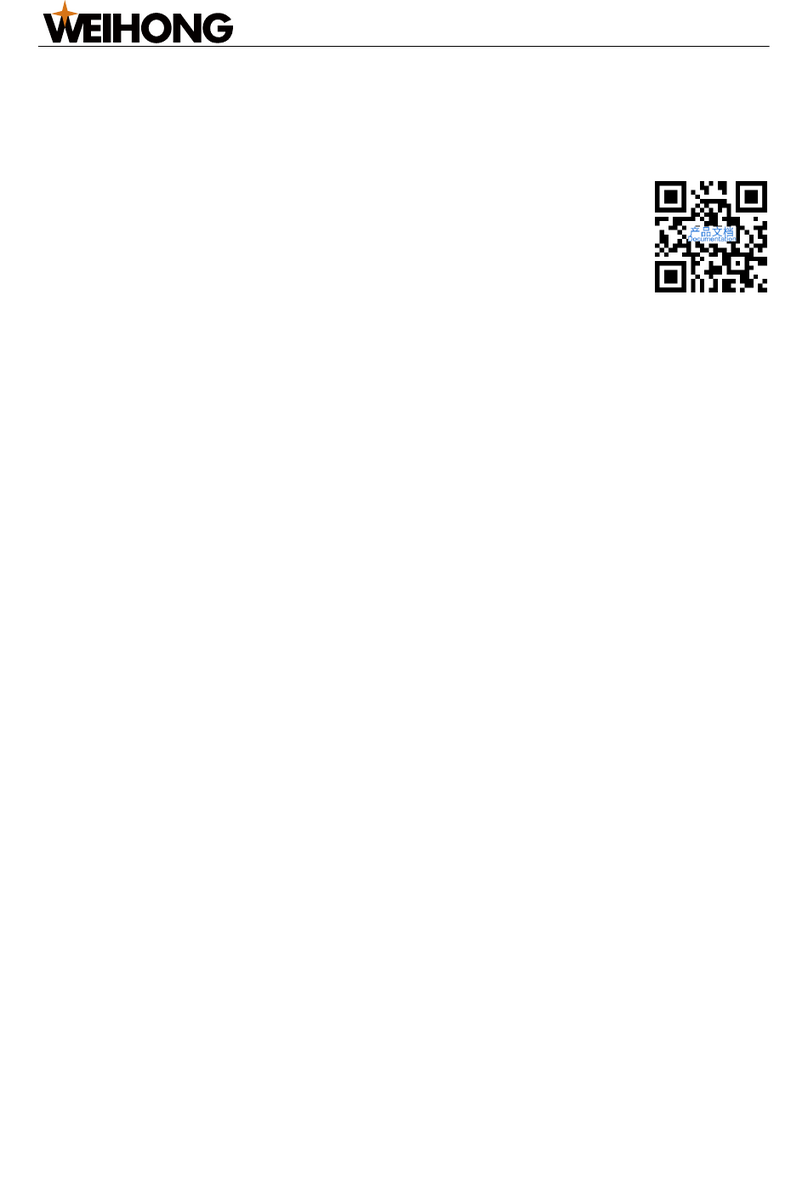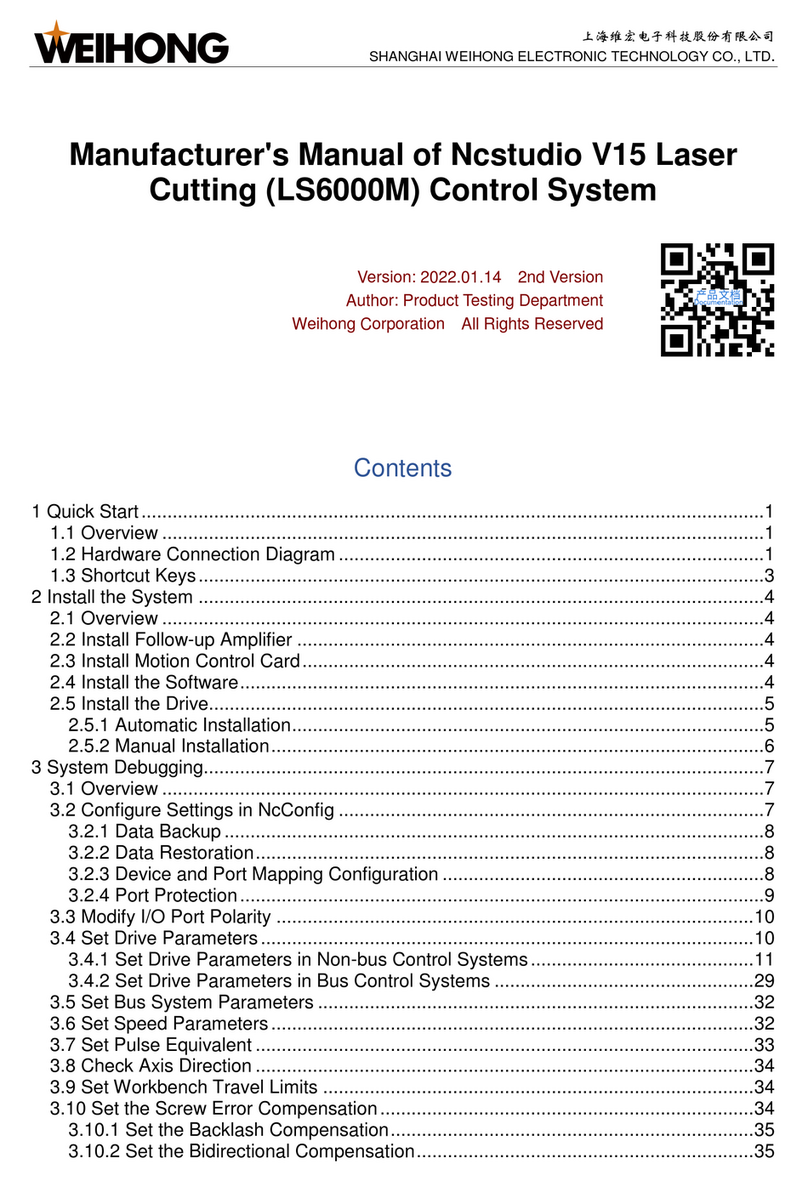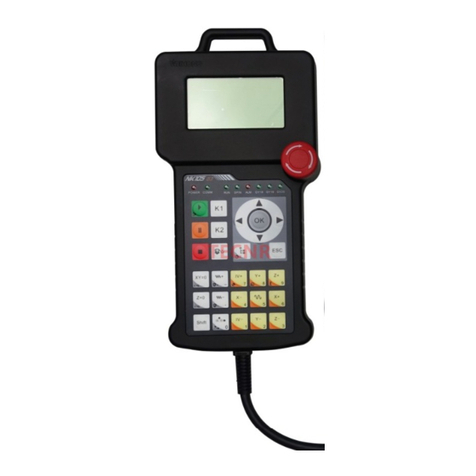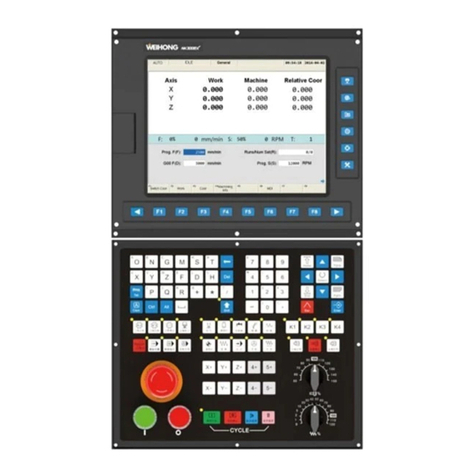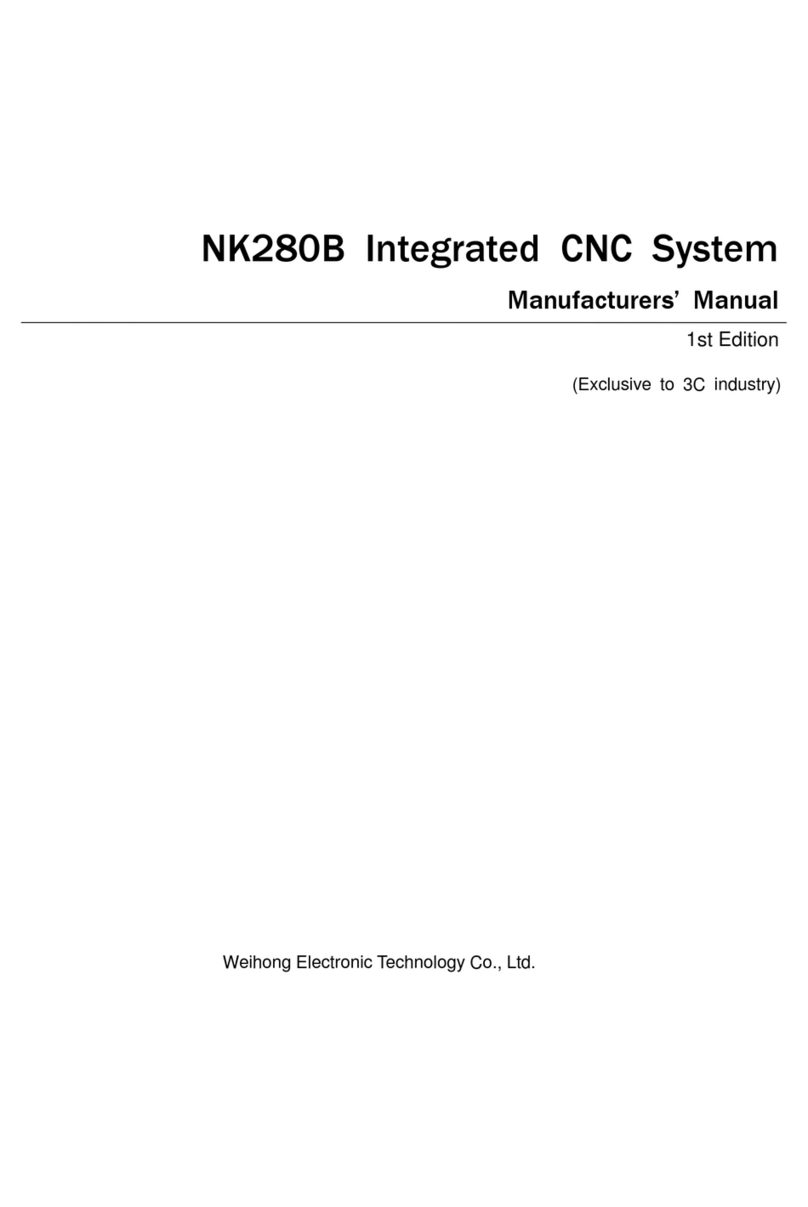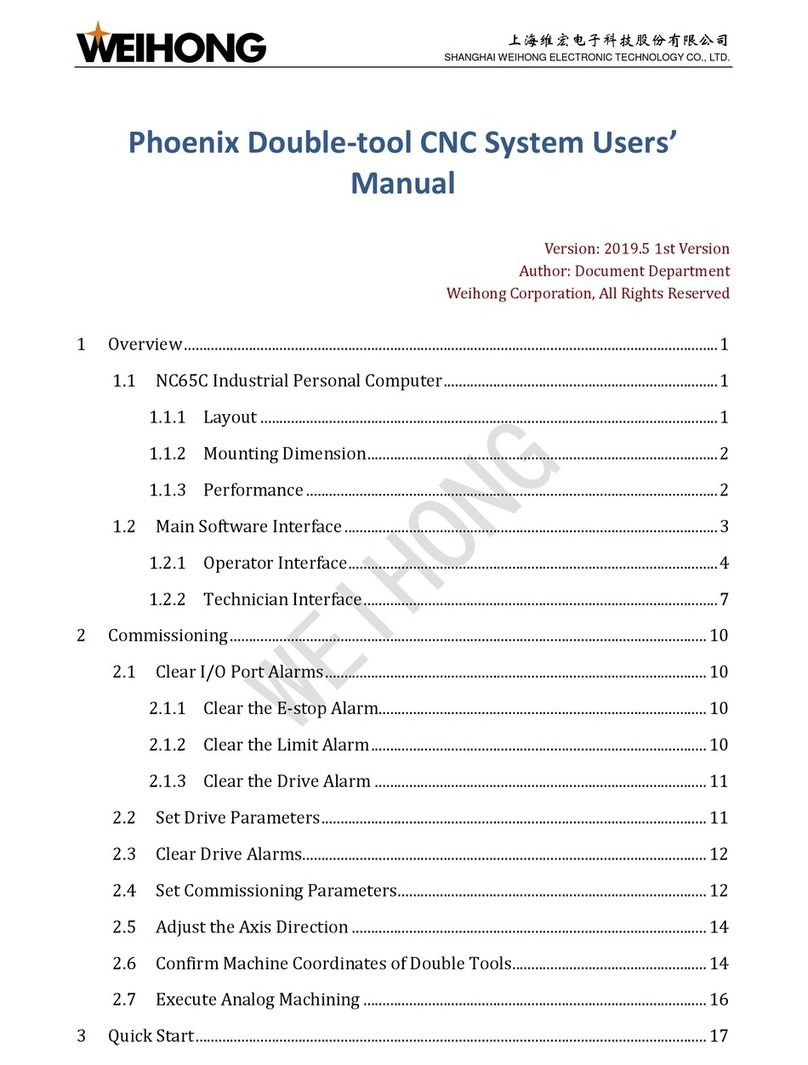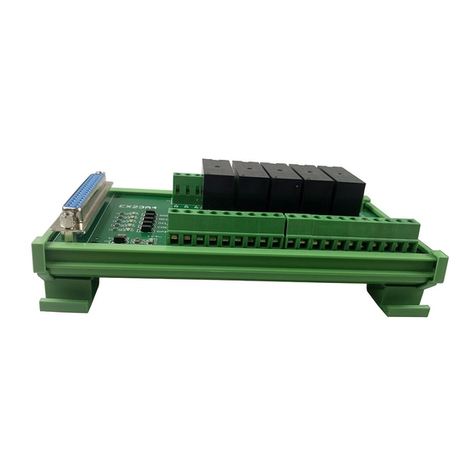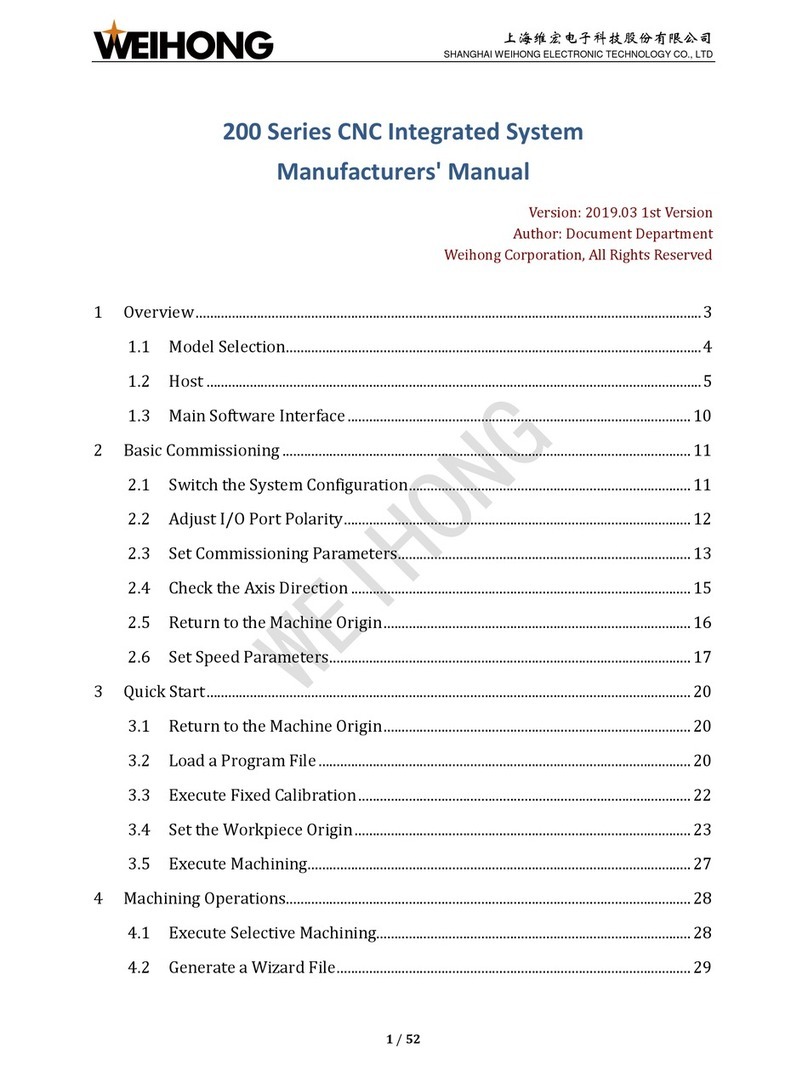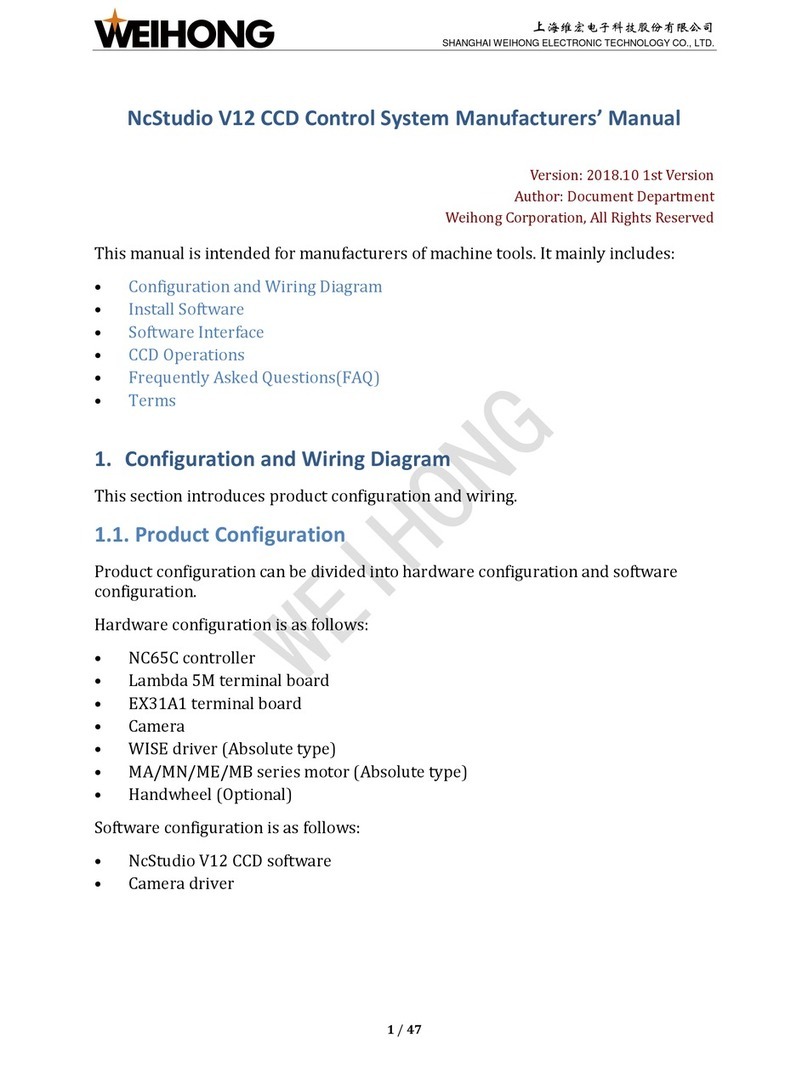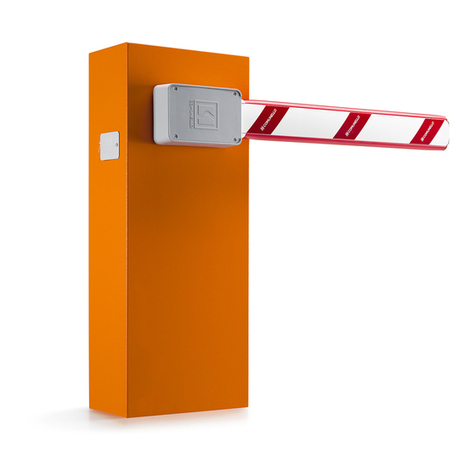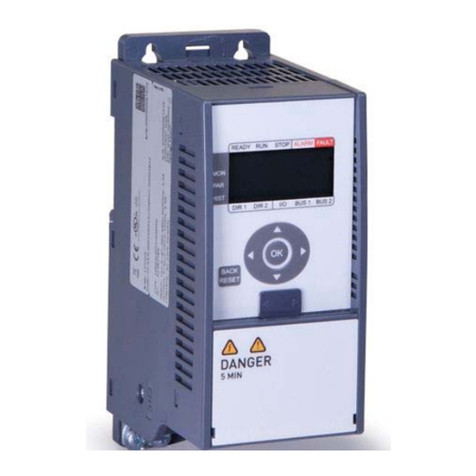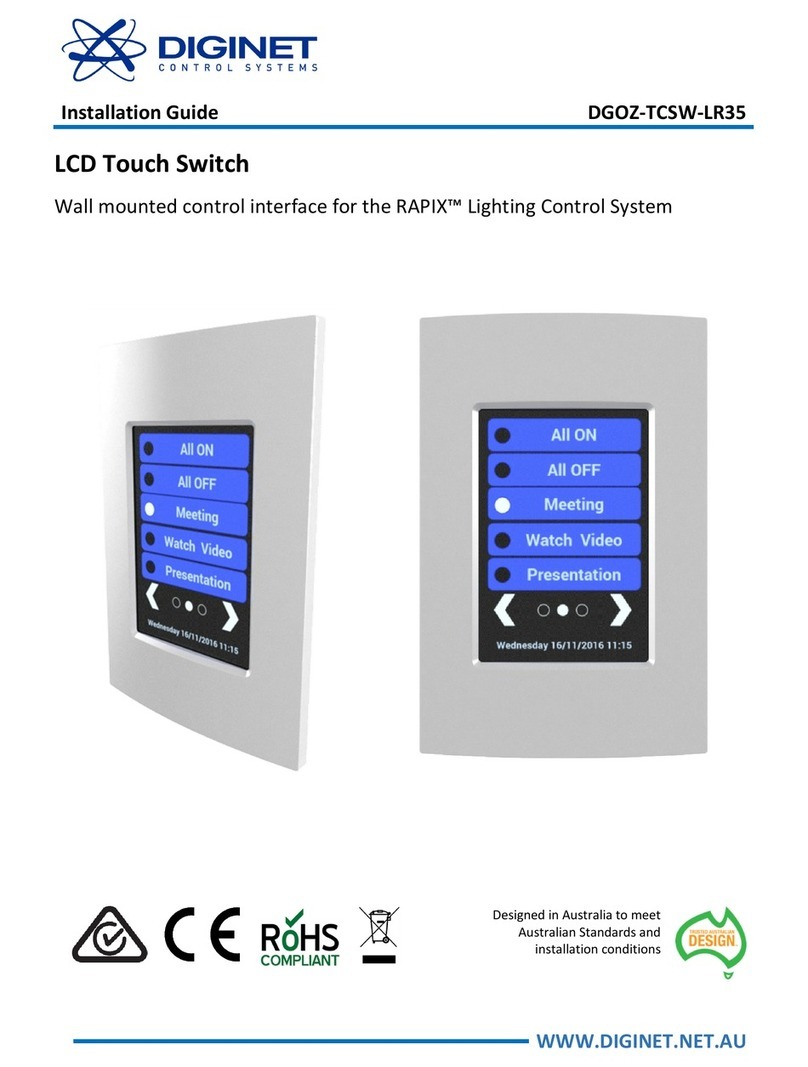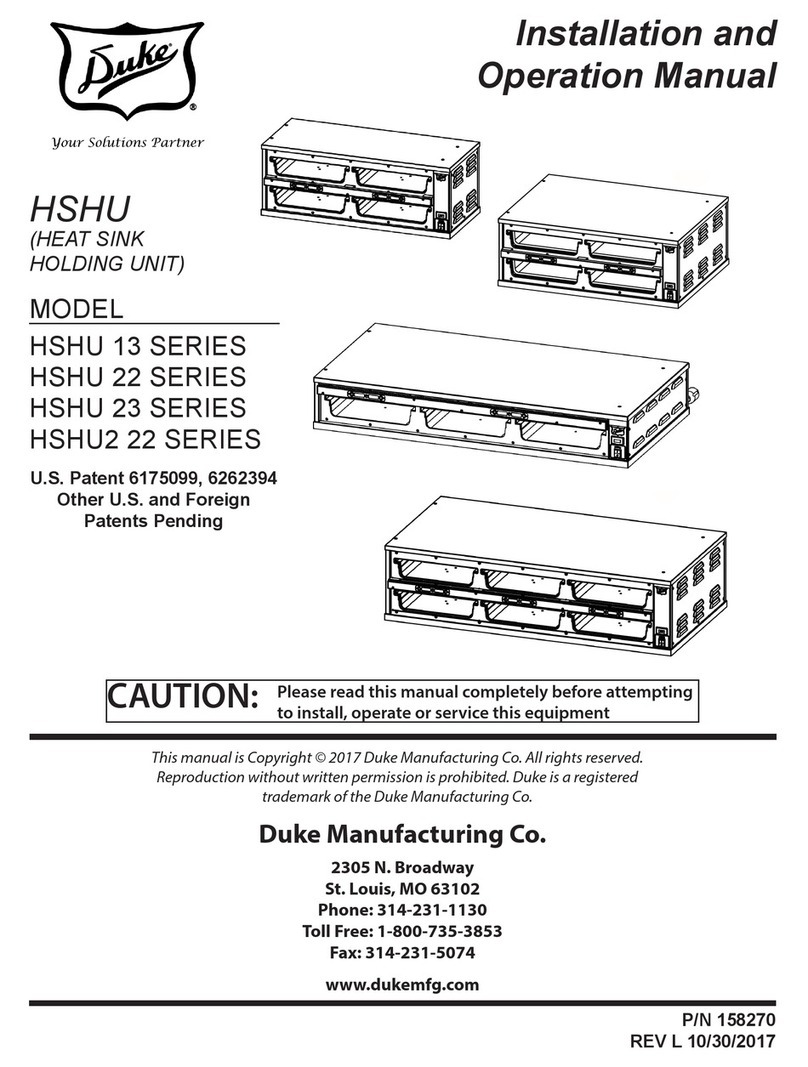
上海维宏电子科技股份有限公司
Weihong Electronic Technology Co., Ltd.
- 2 - Specialized, Concentrated, Focused
3.7.1 WCS (Workpiece Coordinate System) ..............................................................................................- 49 -
3.7.2 Extended WCS..................................................................................................................................- 50 -
3.7.3 Software Interface ...........................................................................................................................- 50 -
3.8 CENTERING.............................................................................................................................................. - 53 -
3.9 ADJUSTMENT OF VELOCITY &ACCELERATION ................................................................................................. - 54 -
3.9.1 Feedrate Setting...............................................................................................................................- 54 -
3.9.2 Traverse Speed Setting (G00 Speed Setting) ....................................................................................- 54 -
3.9.3 Parameters Specification .................................................................................................................- 54 -
3.10 SIMULATION &TRACK ............................................................................................................................... - 57 -
3.10.1 Simulation....................................................................................................................................- 57 -
3.10.2 Motion Trace................................................................................................................................- 58 -
3.11 COMPENSATION ....................................................................................................................................... - 59 -
3.11.1 Screw Error Compensation ..........................................................................................................- 59 -
3.11.2 Tool Compensation ......................................................................................................................- 63 -
3.11.3 Across Quadrant Error (AQE) Compensation ...............................................................................- 65 -
3.12 LOG AND DIAGNOSIS ................................................................................................................................. - 67 -
3.12.1 Log ...............................................................................................................................................- 67 -
3.13 PROGRAM FILE MANAGEMENT.................................................................................................................... - 68 -
3.13.1 Program Wizard ..........................................................................................................................- 68 -
3.13.2 Part Statistic ................................................................................................................................- 69 -
3.13.3 Program File ................................................................................................................................- 69 -
3.14 HANDWHEEL OPERATION ........................................................................................................................... - 75 -
3.14.1 Handwheel Mode ........................................................................................................................- 75 -
3.14.2 Handwheel Guide ........................................................................................................................- 75 -
3.15 SYSTEM MANAGEMENT ............................................................................................................................. - 77 -
3.15.1 System Info ..................................................................................................................................- 77 -
3.15.2 Network Connection ....................................................................................................................- 77 -
3.15.3 Language.....................................................................................................................................- 77 -
3.15.4 Register........................................................................................................................................- 77 -
3.16 NETWORK CONNECTION AND SHARE ............................................................................................................ - 79 -
3.16.1 IP Setup........................................................................................................................................- 79 -
3.16.1.1 Direct Connection or Switch Connection................................................................................................... - 79 -
3.16.1.2 Router Connection .................................................................................................................................... - 82 -
3.16.1.3 Multiple NK280 Connection ...................................................................................................................... - 83 -
3.16.2 Connection Verification Setup .....................................................................................................- 83 -
3.16.3 NK280 Network Files Management by PC via FTP.......................................................................- 84 -
3.16.4 NK280 Network Files Management by PC via Network Sharing .................................................- 84 -
3.17 AUXILIARY FUNCTION ................................................................................................................................ - 86 -
3.17.1 Single Block..................................................................................................................................- 86 -
3.17.2 Start Line (Selective Processing) ..................................................................................................- 86 -
3.17.3 Breakpoint Resume......................................................................................................................- 86 -
3.17.4 Parameter Auto Backup...............................................................................................................- 86 -
3.17.5 User Code Input (MDI) .................................................................................................................- 87 -
3.17.6 Coordinate Backup ......................................................................................................................- 87 -
3.18 TOOL MAGAZINE ...................................................................................................................................... - 90 -
